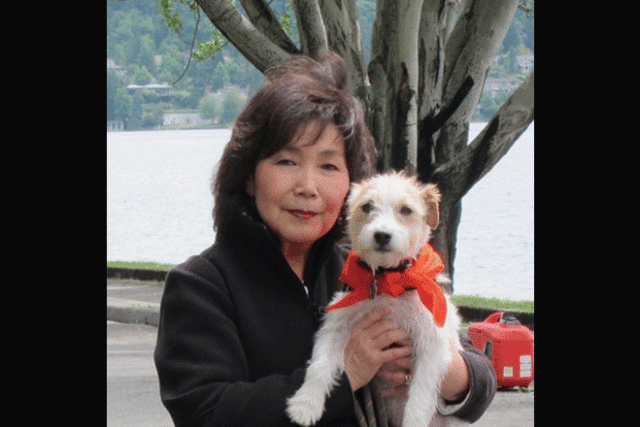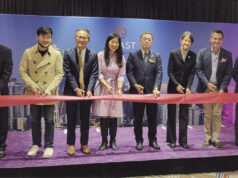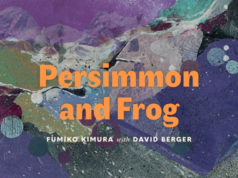By Keiko Kay Hirai For The North American Post
My childhood memories of year-end traditions while growing up in Kyushu, Japan always flood my mind this time of the year.
I went through culture shock when I arrived in America at the age of eleven and saw how differently people in America celebrated the coming of the New Year. Lively New Year’s Eve parties, waking up late on January first and watching football games on television while munching on various party foods was so foreign to me. The older I get, the more I cherish my childhood memories and the tradition of “starting new with a fresh mindset.”
It’s such a good feeling to get enough sleep and rise early on January first, refreshed to face the coming year.
These are the fond memories of my New Years while growing up in Kokura.
Starting on the first of December, Mother would say, “Keiko, we are going through each room in our house and cleaning every nook and corner. Here’s a check-list so be a good girl and do your part.” Without argument, I helped Mother clean all the shoji-screens, decluttered the drawers in every room and scrubbed marks off the walls.

Mother’s To Do list for me read like this:
Do you owe anybody money? Pay it back.
Did you say mean words to any of your friends? Apologize.
Did you mean to do a kind act for someone? If not, do it now.
Do you have any unfinished homework or projects? Complete them.
Did you think about what you will do in the coming year to become a better person? Write it down.
After I finished my to-do list, it was time to relax and enjoy the coming of the New Year on the evening of December 31. Mother and I sat in our clean house and enjoyed eating traditional bowls of buckwheat noodles topped with grated mountain potatoes. As the slippery noodles went down our throats, we listened to the far away sounds of the temple bells as they rang out the exact number of the year we were about to enter.
Mother said, “Keiko, soba noodles are the last to enter your stomach this year. This is cleansing. You will start out the new year with a clean body and a clear mind.”
I loved getting up early on New Year’s Day. Mother dressed me in a colorful kimono and we visited the temple and prayed for a good year so as to have the fortune to maintain good relationships, health and wealth. After that, we went home, ready to have fun playing children’s games with the neighborhood children and eating traditional New Year’s food which Mother prepared.
Japanese New Years is called Oshogatsu and lasts for three days (Jan 1st – 3rd).
I take this tradition seriously and try my best to follow through as much as I can with the list Mother made for me.
Why not try to follow this list for yourself? I guarantee that it will make you feel so much better. Out with the old and in with the new!
Editor’s Note: Kay Hirai is a social entrepreneur, author and artist. This column will be regularly published in this paper, and she can be reached through www.keikokayhirai.com.




